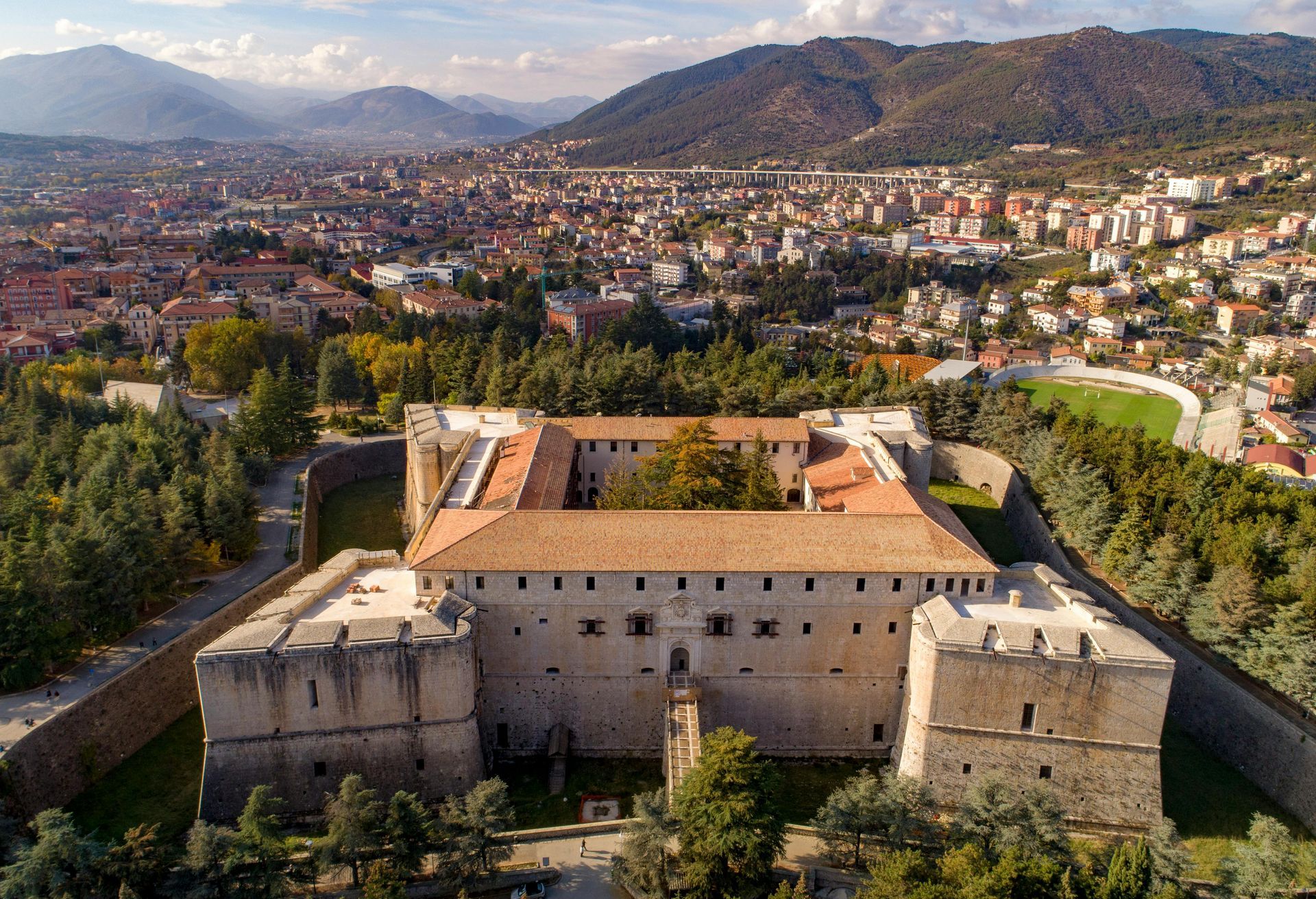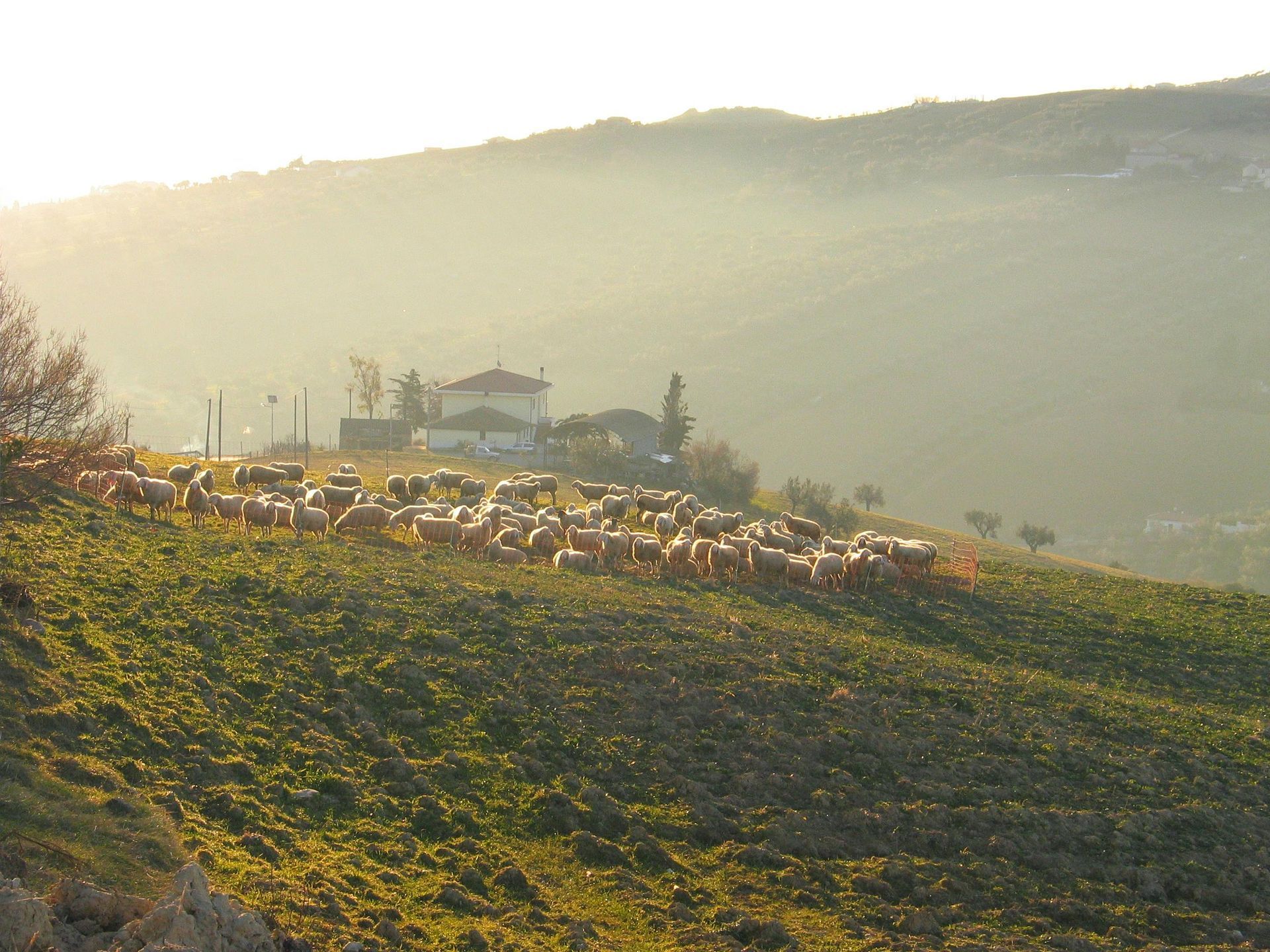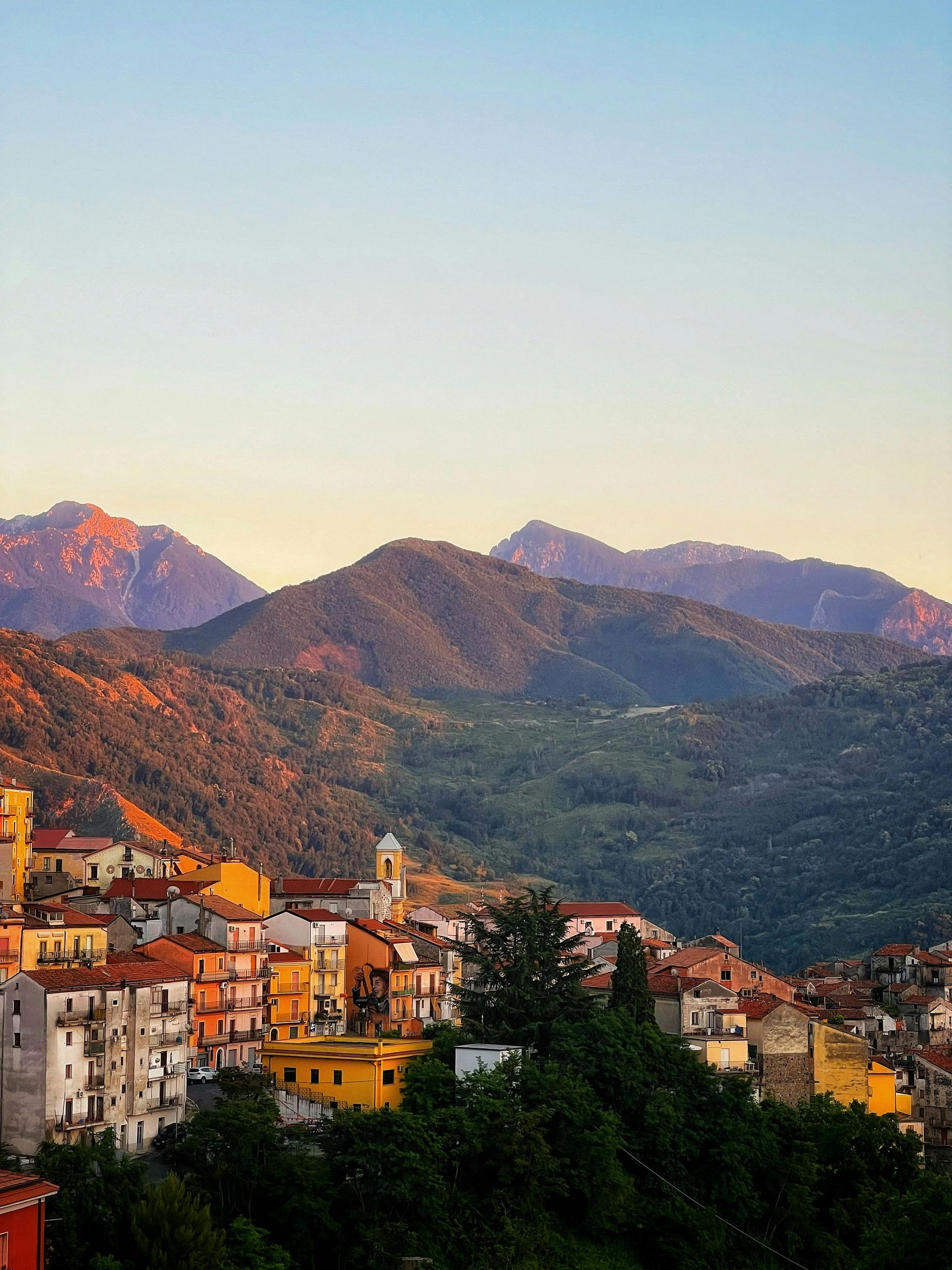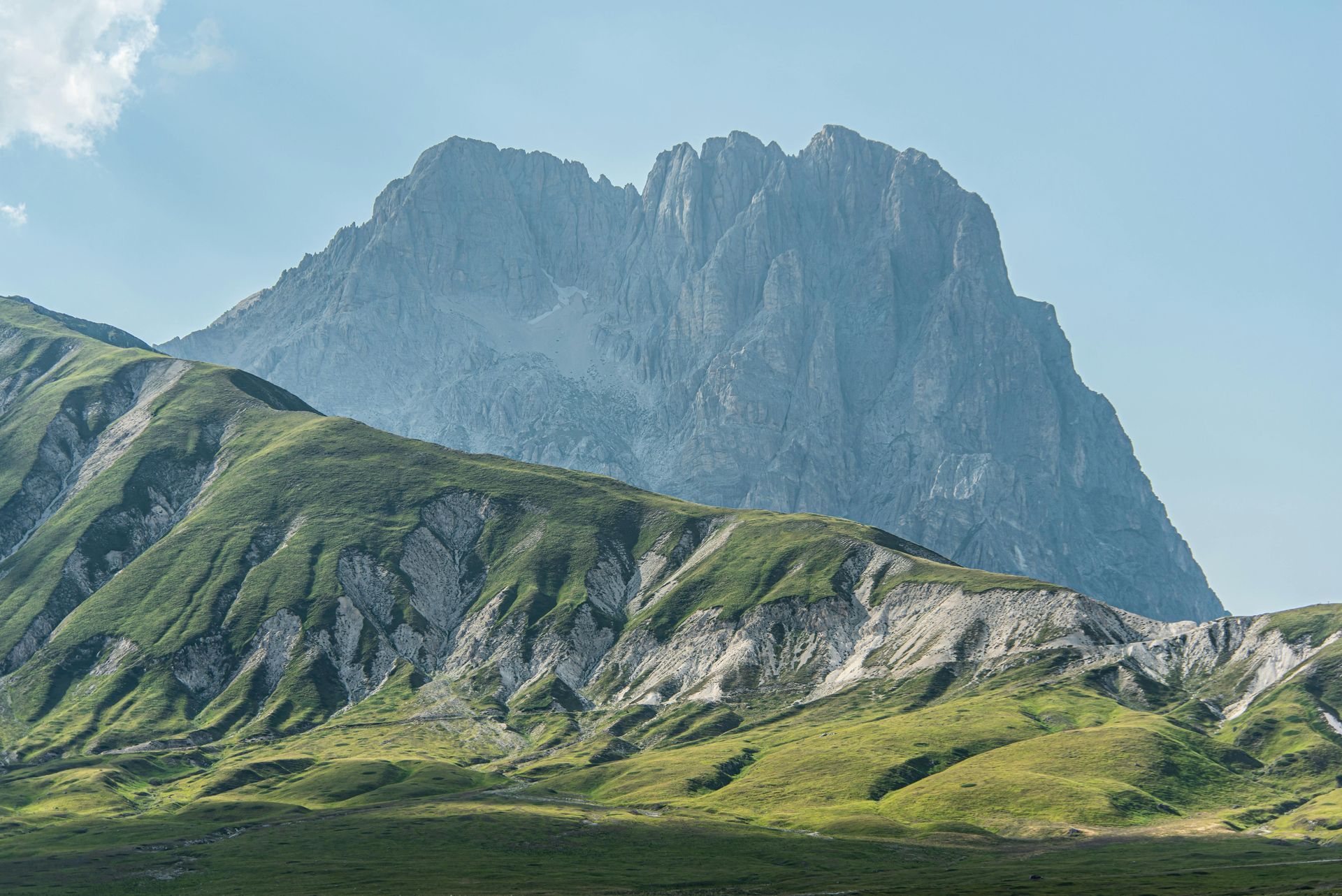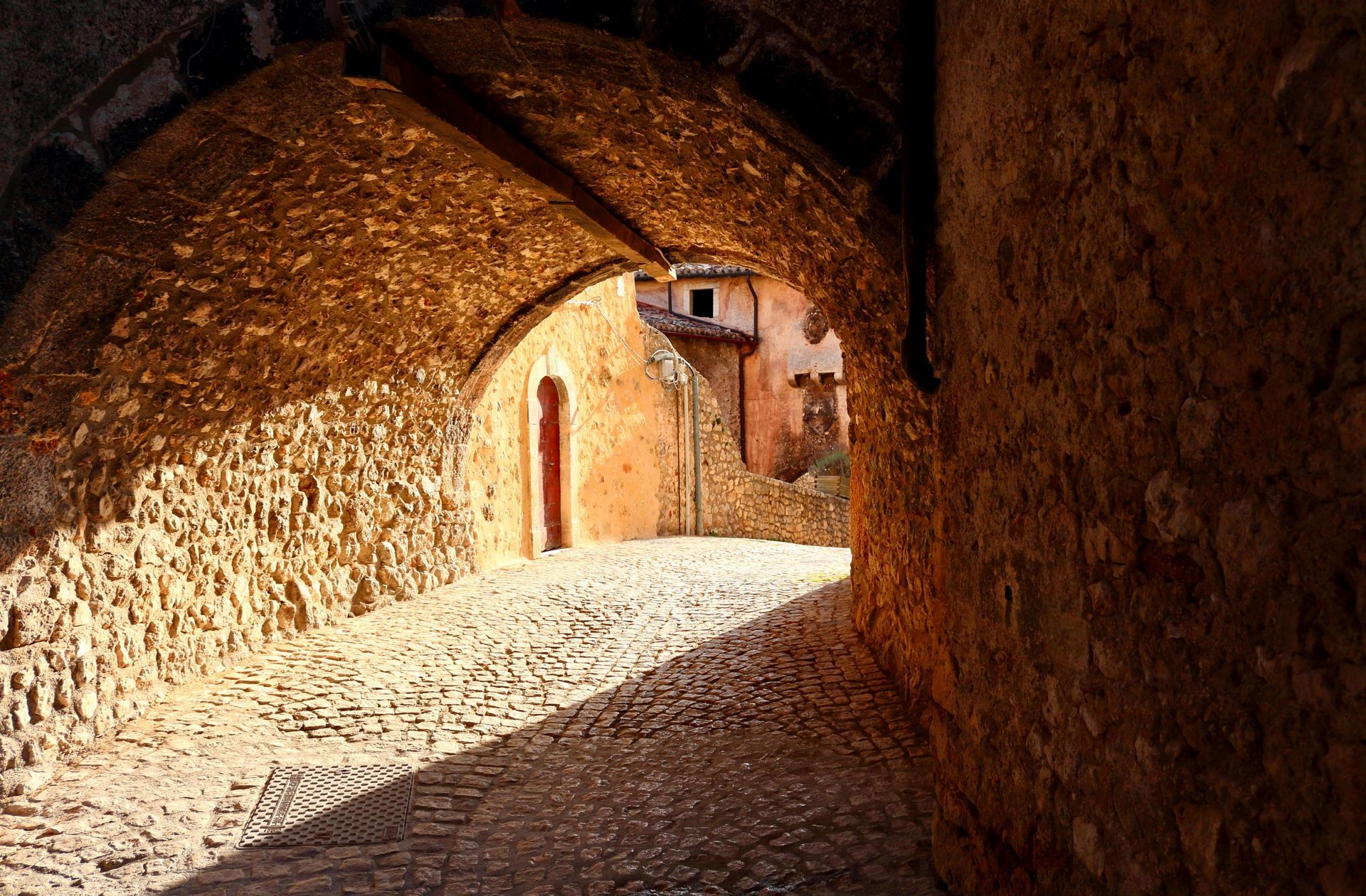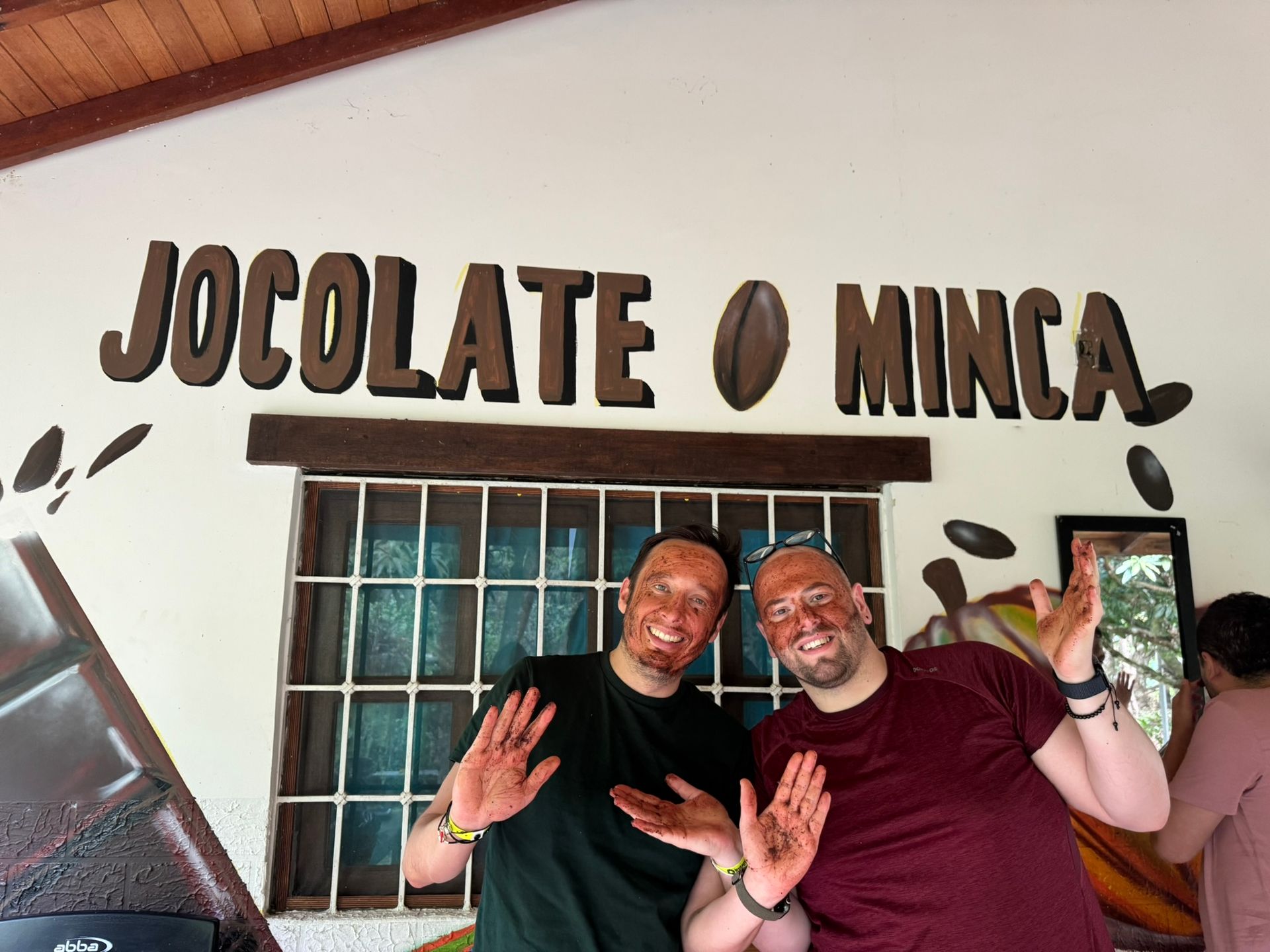Sustainable Tourism in Abruzzo: How Nature Parks Are Preserving Italy's Wild Heart
Discover how Abruzzo's three national parks lead Europe in conservation-focused tourism, protecting endangered species while supporting local communities
Abruzzo stands as Italy's greenest region, with over one-third of its territory protected by national parks and nature reserves. This remarkable conservation achievement isn't just about preserving landscapes—it represents a revolutionary approach to sustainable tourism that balances environmental protection with community development. Here, visitors don't just observe nature; they participate in its preservation while supporting the local communities that have been its guardians for generations.

The Pioneer of Italian Conservation
Abruzzo National Park, established in 1922, was Italy's second national park and remains one of Europe's most important conservation success stories. Originally created to protect the critically endangered Marsican brown bear, the park has evolved into a model for how protected areas can serve multiple purposes: preserving biodiversity, maintaining traditional landscapes, and providing sustainable economic opportunities for local communities.
The park's 50,000 hectares encompass some of the most pristine wilderness remaining in central Italy. Ancient beech forests, designated as UNESCO World Heritage sites, harbor wildlife populations that have disappeared from much of Europe. Here, the last 60 Marsican brown bears roam freely alongside wolves, lynx, and over 2,000 species of plants that include endemic species found nowhere else on Earth.
What makes Abruzzo National Park exceptional isn't just its biodiversity, but its approach to human-nature relationships. Unlike parks that exclude local communities, Abruzzo embraces a model where conservation and traditional land use complement each other. Villages within the park boundaries continue practicing sustainable agriculture, livestock grazing, and artisanal crafts that have shaped these landscapes for millennia.
Majella: Where Mountains Touch the Sky
Majella National Park protects the most dramatic mountain landscapes in central Italy, where peaks rise above 2,700 meters and ancient traditions persist in stone villages that seem to grow from the mountainsides. This park represents the spiritual heart of Abruzzo, where hermitages carved into cliff faces remind visitors that these mountains have inspired contemplation and reverence for over a thousand years.
The park's biodiversity reflects its dramatic topography. Mediterranean species thrive in lower valleys while alpine plants colonize high peaks, creating vertical ecosystems that support remarkable wildlife diversity. The park's symbol, the golden eagle, soars above landscapes where chamois leap across seemingly impossible terrain and Apennine wolves hunt in packs that follow migration routes established before human settlement.
Majella's approach to sustainable tourism emphasizes education and interpretation. The park's visitor centers aren't just information points but cultural institutions that explain the complex relationships between geology, climate, wildlife, and human history. Interactive exhibits demonstrate how traditional land management practices created the mosaic of habitats that support such rich biodiversity.
The park's network of hiking trails includes routes for every ability level, from gentle walks through wildflower meadows to challenging climbs that reward experienced hikers with views across three regions. Each trail tells stories about the landscape's formation, the species that inhabit it, and the people who have called these mountains home for generations.
Gran Sasso: Italy's Little Tibet
Gran Sasso e Monti della Laga National Park encompasses Italy's highest peaks outside the Alps, including Corno Grande at 2,912 meters. This dramatic landscape, often called "Little Tibet" for its high plateaus and harsh beauty, supports ecosystems unlike anywhere else in the Mediterranean.
The park's crown jewel is Campo Imperatore, a vast high-altitude plateau that stretches for 18 kilometers at an average elevation of 1,800 meters. This remarkable landscape, shaped by Ice Age glaciers, supports plant communities typically found much farther north. In spring, the plateau explodes with wildflowers that have adapted to extreme conditions, creating natural gardens of extraordinary beauty.
Gran Sasso's conservation challenges are particularly complex because the park includes Italy's southernmost glacier, Calderone, which climate change threatens with extinction. Park scientists work continuously to monitor environmental changes while educating visitors about climate impacts on high mountain ecosystems. This research provides crucial data for understanding how Mediterranean mountain environments respond to global warming.
The park's approach to sustainable tourism emphasizes scientific education and climate awareness. Guided tours include visits to research stations where visitors can observe ongoing climate monitoring efforts. This direct engagement with conservation science helps visitors understand their role in protecting vulnerable mountain ecosystems.
Wildlife Conservation Success Stories
Abruzzo's parks have achieved remarkable conservation successes that inspire protected area management worldwide. The Marsican brown bear population, once reduced to fewer than 30 individuals, has slowly recovered under intensive protection and community engagement programs. These bears, genetically distinct from other European brown bears, represent a unique evolutionary lineage that park scientists work tirelessly to preserve.
The recovery isn't just about numbers—it reflects a fundamental shift in how local communities view wildlife. Traditional conflicts between farmers and bears have largely been resolved through compensation programs, bear-proof infrastructure, and education initiatives that help residents understand their role as wildlife guardians. Today, many villages celebrate their bear neighbors as symbols of successful conservation.
Wolf conservation in Abruzzo parks demonstrates another success story. Italian wolves, which numbered fewer than 100 individuals in the 1970s, have recovered to sustainable populations throughout the Apennines. Park research programs use GPS collaring and genetic analysis to study pack dynamics and migration patterns, providing crucial data for managing human-wolf coexistence.
These predator recovery programs extend beyond the parks themselves. Corridors of protected habitat connect the three national parks, allowing wildlife movement between protected areas. This landscape-scale approach to conservation recognizes that ecosystems don't respect administrative boundaries and that long-term species survival requires connected habitats.
Traditional Knowledge Meets Modern Science
Abruzzo's parks excel at integrating traditional ecological knowledge with modern conservation science. Local shepherds and farmers possess detailed understanding of seasonal patterns, wildlife behavior, and ecosystem dynamics developed through generations of mountain living. Park researchers collaborate with these traditional knowledge holders, creating research programs that combine scientific methods with community observations.
This collaboration proves particularly valuable for climate change research. Elderly residents provide historical accounts of weather patterns, species distributions, and seasonal timing that extend scientific records back decades. These observations help researchers understand how ecosystems have already responded to environmental changes and predict future impacts.
Traditional land management practices often prove more sustainable than modern alternatives. Transhumance—the seasonal movement of livestock between mountain and valley pastures—maintains grassland habitats that support specialized plant communities and associated wildlife. Park management plans recognize these practices as essential components of ecosystem conservation rather than obstacles to protection.
Artisanal food production within the parks demonstrates how traditional practices can support both conservation and economic development. Local producers create cheeses, honey, and cured meats using methods passed down through generations. These products, marketed as park-certified specialties, provide premium prices that make traditional farming economically viable while maintaining landscapes that support biodiversity.
Sustainable Tourism Infrastructure
Abruzzo's parks have developed tourism infrastructure that minimizes environmental impact while maximizing visitor experience and community benefit. The park's rifugi (mountain huts) system provides accommodation that follows strict environmental standards while offering authentic mountain experiences. These facilities use renewable energy, practice waste reduction, and serve locally sourced food that reflects regional culinary traditions.
Trail design in Abruzzo parks emphasizes sustainability and education. Routes follow natural contours to minimize erosion, include interpretation stations that explain ecosystem functions, and connect cultural sites that demonstrate human-nature relationships. Many trails use traditional materials and construction techniques that blend seamlessly with natural landscapes.
Visitor centers throughout the parks function as gateways to environmental education and community engagement. These facilities showcase local culture alongside natural history, emphasizing how human activities have shaped and been shaped by mountain environments. Interactive exhibits, guided programs, and research displays help visitors understand complex conservation challenges while appreciating park landscapes.
Transportation within the parks prioritizes low-impact options. Shuttle services reduce vehicle traffic on sensitive mountain roads, while bicycle rental programs encourage non-motorized exploration. Many access points offer electric vehicle charging stations, supporting the transition to cleaner transportation technologies.
Community-Based Conservation Models
The success of Abruzzo's parks stems largely from their community-based approach to conservation. Rather than excluding local residents, park management actively involves communities in conservation planning and implementation. This participatory approach recognizes that long-term environmental protection requires local support and benefits.
Park employment programs prioritize local hiring for positions ranging from scientific research to tourism services. Many park rangers are local residents who combine intimate landscape knowledge with formal conservation training. This approach ensures that conservation benefits flow directly to park communities while building local capacity for environmental management.
Educational programs in park schools create the next generation of conservation advocates. Students participate in wildlife monitoring, habitat restoration, and environmental research projects that connect classroom learning with real-world conservation challenges. These programs often involve entire families, spreading conservation awareness throughout park communities.
Local festivals and cultural events within the parks celebrate the connections between human culture and natural environments. These celebrations attract visitors while reinforcing community pride in conservation achievements. Events like the Sagra del Fungo (Mushroom Festival) or Festa dell'Orso (Bear Festival) demonstrate how environmental themes can enhance cultural traditions rather than competing with them.
Adventure Tourism with Purpose
Abruzzo's parks offer adventure tourism opportunities that go beyond simple recreation to include meaningful engagement with conservation issues. Guided hiking programs include citizen science components where visitors assist with wildlife monitoring, vegetation surveys, or climate data collection. This approach transforms tourists into temporary conservation volunteers while providing valuable research assistance.
Photography workshops in the parks emphasize ethical wildlife observation and habitat documentation. Professional naturalist photographers lead programs that teach technical skills while educating participants about conservation challenges. These workshops often produce images used in park education materials, creating lasting contributions to conservation communication.
Multi-day trekking experiences follow traditional routes while highlighting conservation successes and ongoing challenges. Participants stay in village accommodations, eat locally produced meals, and meet community members involved in conservation efforts. These immersive experiences demonstrate how sustainable tourism can support both environmental protection and rural economic development.
Specialized programs focus on particular aspects of park ecosystems. Bear observation tours, led by park biologists, teach participants about bear ecology while contributing to population monitoring efforts. Botanical workshops explore endemic plant species while engaging participants in habitat restoration activities. Bird watching programs include migration monitoring that contributes to regional ornithological databases.
Climate Change Research and Education
Abruzzo's parks serve as living laboratories for climate change research, providing visitors with unique opportunities to understand global environmental challenges through local examples. High-altitude weather stations, glacier monitoring equipment, and phenology observation plots demonstrate how scientists track environmental changes in real-time.
The Calderone Glacier in Gran Sasso Park offers a particularly powerful example of climate change impacts. Visitor programs include guided tours to the glacier that explain ice formation, document recent changes, and discuss implications for Mediterranean mountain ecosystems. These direct encounters with climate change effects prove more compelling than abstract presentations.
Park education programs connect local environmental changes to global climate patterns. Visitors learn how warming temperatures affect species distributions, seasonal timing, and ecosystem relationships. These programs emphasize individual and collective actions that can help mitigate climate change while supporting adaptation strategies for vulnerable species and habitats.
Citizen science programs in the parks engage visitors in climate monitoring activities. Participants record temperature data, document flowering times, observe wildlife behavior, and photograph landscape changes. This data contributes to long-term datasets while helping visitors understand scientific approaches to environmental monitoring.
The Future of Conservation Tourism
Abruzzo's parks continue evolving their approach to sustainable tourism, incorporating new technologies and methodologies while maintaining their commitment to community engagement and environmental protection. Digital tools now enhance visitor experiences through augmented reality applications that overlay ecosystem information onto natural landscapes.
Research programs in the parks increasingly focus on ecosystem services—the benefits that natural environments provide to human communities. These studies quantify how protected forests regulate water flow, how grasslands sequester carbon, and how biodiversity supports ecosystem resilience. Such research helps visitors understand the economic and social values of conservation beyond aesthetic or recreational benefits.
International collaboration connects Abruzzo's parks with protected areas worldwide, facilitating knowledge exchange and joint research projects. These partnerships demonstrate how local conservation efforts contribute to global environmental protection while providing opportunities for visitors to engage with international conservation initiatives.
Abruzzo's parks represent more than protected landscapes—they embody a vision of human-nature relationships based on respect, understanding, and mutual benefit. For visitors seeking meaningful engagement with conservation issues, these parks provide opportunities to support environmental protection while experiencing some of Europe's most pristine wilderness. In an age of environmental crisis, Abruzzo demonstrates that tourism can be a force for conservation rather than destruction, creating benefits for wildlife, communities, and the countless visitors who leave these mountains with renewed commitment to protecting our planet's natural heritage.
Experience authentic conservation tourism in Abruzzo's national parks with expert naturalist guides who share their knowledge of wildlife, ecosystems, and sustainable practices. Join us for immersive programs that support park research while creating unforgettable encounters with Italy's wild heart.
